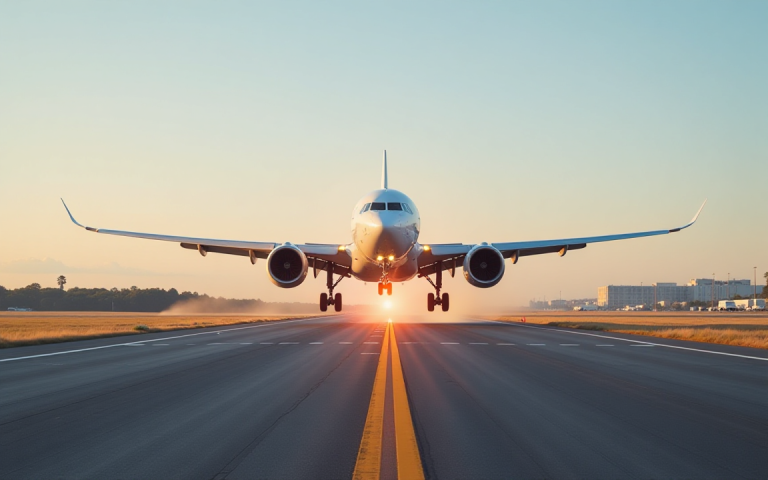Air Canada operations were disrupted on Saturday after flight attendants walked off the job in a salary dispute, sparking the carrier’s first cabin staff strike in over 40 years.
The job action led Canada’s largest airline to suspend the majority of its 700 daily flights, leaving more than 100,000 passengers seeking alternative arrangements.
The strike began soon before 1 a.m. EDT (0500 GMT), when members of the Canadian Union of Public Employees (CUPE) set up picket lines at key airports.
Hundreds of workers holding flags and banners protested outside Toronto Pearson International, the country’s busiest airport. Similar situations occurred in Montreal, Calgary, and Vancouver.
Montreal-based Air Canada confirmed the scope of the shutdown, stating that around 130,000 customers per day would be affected.
Flights operated by regional affiliates such as Air Canada Jazz and PAL Airlines continue on schedule, while services operated by the company’s budget arm, Air Canada Rouge, have been suspended.
A standoff over pay
The argument revolves around how flight attendants are compensated. The current system pays attendants only when an aeroplane is in motion.
CUPE has advocated for salaries that encompass time spent on the ground, including aiding passengers with boarding.
Air Canada has now proposed to start paying for some of this previously uncompensated work, but at only 50 per cent of the hourly rate.
The airline also proposed a total compensation increase of 38% over four years, including a 25% increase in the first year. But the union turned down that idea, saying it didn’t go far enough in alleviating longstanding grievances.
The deadlock has been simmering for months through on-again, off-again negotiations. No new bargaining sessions were planned for Saturday morning, a sign that the disruption could go on for some time.
Ripple effects across borders
The strike’s ramifications extend far beyond Canada’s borders. Air Canada is the busiest foreign airline with regular flights to the United States, and the ban is expected to spread across North American travel networks. Tens of thousands of travellers are facing cancellations, redirected trips, or lengthy delays.
Customers are strongly encouraged not to travel to airports unless they have confirmed tickets with another airline. Without a breakthrough in talks, the burden on the whole aviation system is expected to increase.
Political and economic stakes
Ottawa has taken note of the standoff. The Canada Labour Code empowers Jobs Minister Patty Hajdu to request the Industrial Relations Board to put binding arbitration in place if the economy is deemed to be growing under threat.
Canadian companies that have been pressured for weeks by US trade tensions have pushed the federal government to step in and return flights to normal.
Air Canada has officially urged Prime Minister Mark Carney’s minority Liberal government to intervene, but the union declined arbitration, claiming it would reduce pressure on management to come to the table.
Hajdu has repeatedly called on both sides to come back to the table, but has stopped short of taking action to bring the union and the employer together.
Investor concerns
The strike has also gotten the attention of the financial markets. Analysts at TD Cowen warned that the conflict might weigh heavily on Air Canada during its peak quarter, negating any cost savings from a tough position on salaries.
In a client note, the firm warned that the holding firm might be a “Pyrrhic victory” if long-term delays reduce earnings and harm the airline’s reputation.
Uncertain path forward
With no imminent discussions planned, the strike’s duration is unknown. The number of cancellations is unprecedented in recent years, and the last time Air Canada flight attendants walked out was in 1985.
Passengers may expect the disruption to intensify in the following days as alternative travel options fill up.
The resolution of the lawsuit could establish a precedent for how Canada’s aviation sector approaches compensation arrangements that have stayed essentially unaltered for decades.
For the time being, the strike serves as both a test of labour strength and a challenge to the federal government’s capacity to balance worker demands with economic stability.
The post Air Canada strike grounds majority of flights, over 100K passengers stranded appeared first on Invezz

